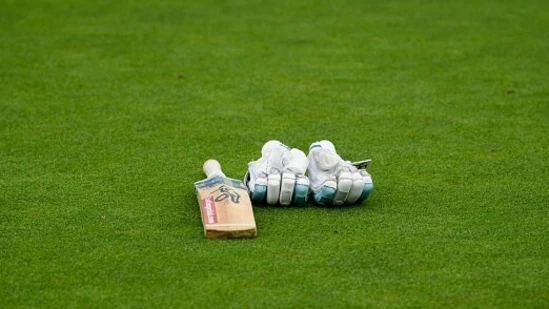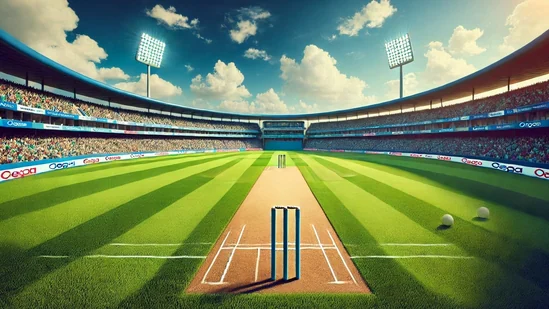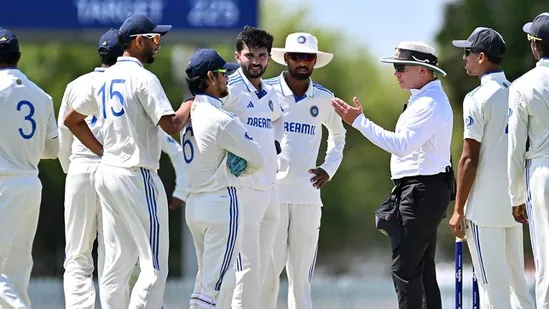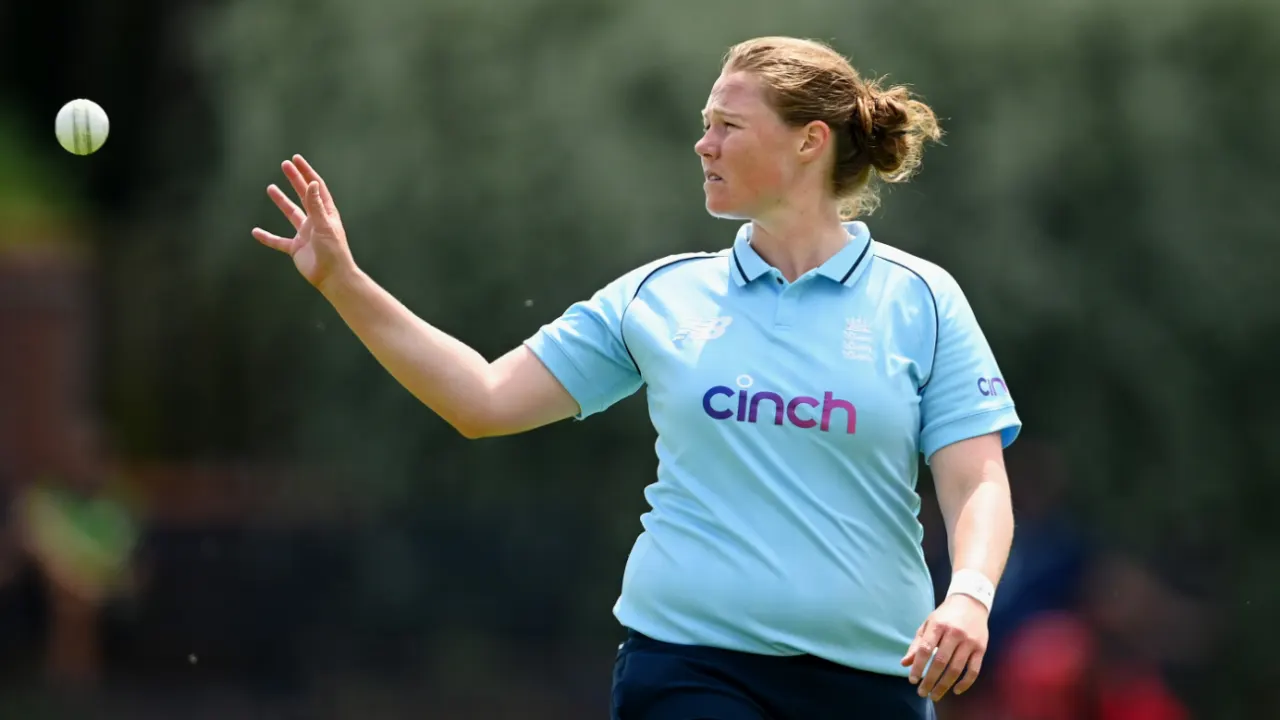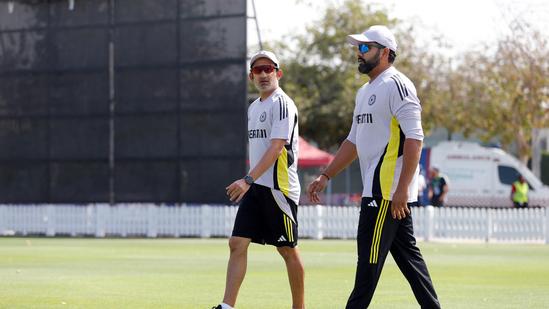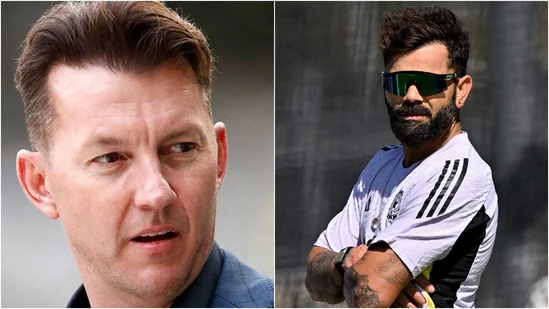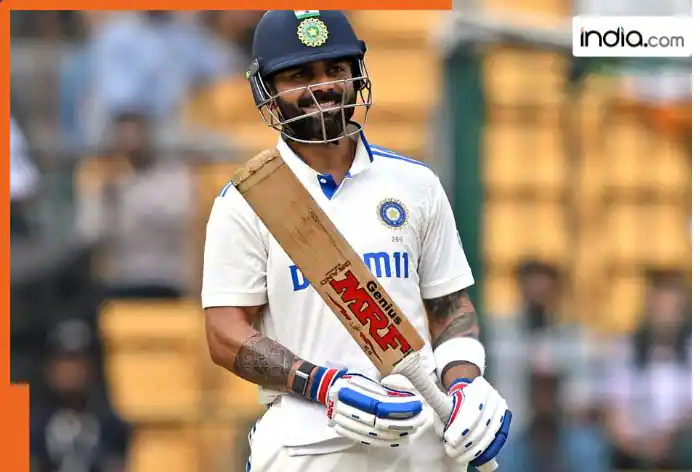Field rivals, lifelong friends: Neeraj-Arshad bond echoes enduring camaraderie of India-Pakistan cricketers
Millions from two neighboring nations on opposite sides of a disputed border stayed up late into the night, fixated on their screens as a historic battle played out in Paris. The men’s javelin gold medal exchanged hands, and national pride, at the Olympic Games, with a humble Pakistani athlete claiming victory over a highly respected Indian champion. Arshad Nadeem emerged as the crowd favorite after delivering a series of incredible throws, setting a new Games record in the process. Although defending champion Neeraj Chopra fell short, his spirit remained unbroken.
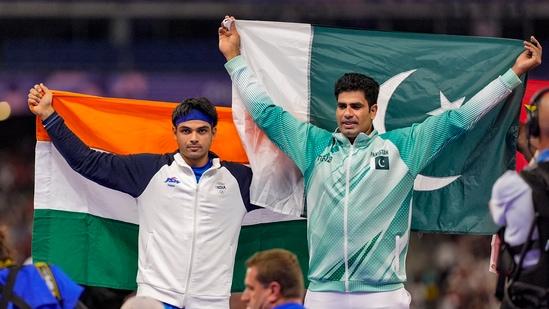
As the two great rivals sank into each other’s arms, moments after Arshad had punched the turf with another 91-metre throw on his final try, it was hard to remain unmoved. They might belong to countries that espouse differing ideologies and often are at loggerheads politically and otherwise, but they were united by the bond of competitive spirit and mutual respect. The camaraderie was obvious, but clearly, this was more than just professional respect. With their careers running parallel to each other, Neeraj and Arshad have managed to transcend boundaries and strike up a grand friendship that shouldn’t really come as a surprise to anyone who has a sporting bone in their body.
One of the great myths about competitive sport is that intense rivals must hate each other a little bit. Or, must at least learn to. Few tennis rivalries are more storied than the one between Roger Federer and Rafael Nadal, yet their relationship sometimes beggars belief. How two men so intent on bringing the other to his knees can be so warm, generous, kind and affectionate towards one another is an abject lesson in sport’s ability to unite. For Federer, Nadal will always remain the younger brother that could have been; for Nadal, Federer is a great mate, a role model, an inspiration.
That geographical boundaries need not divide people was best illustrated by the successful tennis pairing of Rohan Bopanna and Aisam-ul-Haq Qureshi. The Indo-Pak Express, as they were dubbed, were among the most feared combines in pro tennis and made the doubles final of the US Open in 2010. The success of their partnership stemmed not just from the understanding they shared on the court but their friendship off it too.
Indo-Pak cricket is replete with tales of friendship and generosity, though increasingly, with the players only running into each other in continental and global tournaments, it is becoming harder and more unrealistic to strike up relationships. Babar Azam, for instance, looks up to Virat Kohli and uses every opportunity to delve into the Indian’s mind and understand what makes him the champion batter he has been for so long. But when you only meet once a year, at best, how does a friendship evolve?
Those who've followed India-Pakistan cricket knowIndia and Pakistan haven’t played a bilateral series since the start of 2013, but there was a time when, even at the height of political tension and whataboutery, cricket was seen as a vehicle of peace, cricket diplomacy was the in-thing. That facilitated strong and enduring bonds. Javed Miandad, for instance, was a perennial hit with the Indians. They all agreed that on the field, and especially while standing close-in, the pesky Pakistani could be a huge irritant, but when the hostilities ceased, Miandad was a bundle of fun and pranks. Not that he was chary of being cheeky while batting, either.
During a Bengaluru Test in the 1980s, Miandad kept needling the strait-jacketed left-arm spinner Dilip Doshi, blocking every ball and following it up by asking for Doshi’s room number. After a while, the bespectacled bowler lost and it and sought to know why. To which Miandad deadpanned, “Because I want to hit the ball there.” Not even form prevented the Indians around the bat from rolling in laughter.
Virender Sehwag was a big hit with the Pakistanis for his approach to batting and life – he’d sing even as the bowler ran in to hurl the ball. During his 309 in Multan in 2004, Shoaib Akhtar kept banging the ball in short and imploring an unmoved Sehwag to play the pull. It seems Sehwag eventually asked him if he was bowling or begging. Led by skipper Inzamam-ul-Haq, Pakistan’s fielders doubled over; Akhtar too saw the funny side of things.
Tales of generosity abound too. In 1989, when he was going through a particularly bad patch, Mohammad Azharuddin received a small tip from the great Zaheer Abbas, a slight tweak to his grip that resurrected the Indian’s career. Azhar returned the compliment nearly 25 years later, helping Younis Khan shed a lean trot in England with a double-century by asking him to stand out of his crease in order to counter the swinging ball.
But no mention of India, Pakistan and cricket can be complete without invoking Ravi Shastri and Wasim Akram. They headlined the Shaz & Waz show on television, but their friendship isn’t just on tape. They are almost two people, one soul. An Indian and a Pakistani? Go figure, they’ll retort.
The Hindustan Times YouTube channel now has 7 million subscribers. We thank our viewers for their support. Follow the channel for exclusive video news on politics, sports, entertainment & more. Click here.
RELATED STORIES
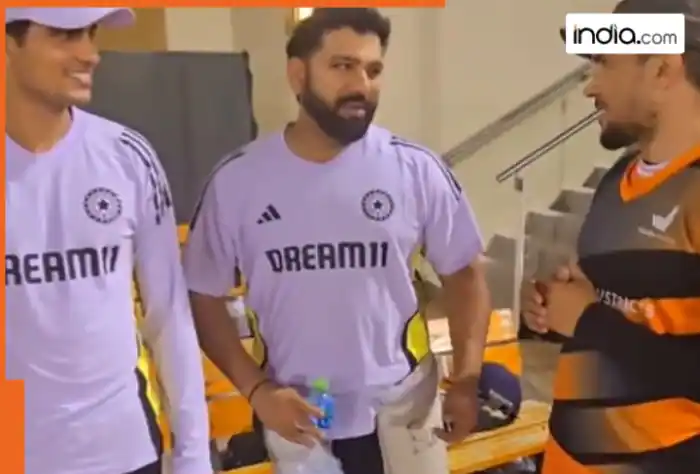
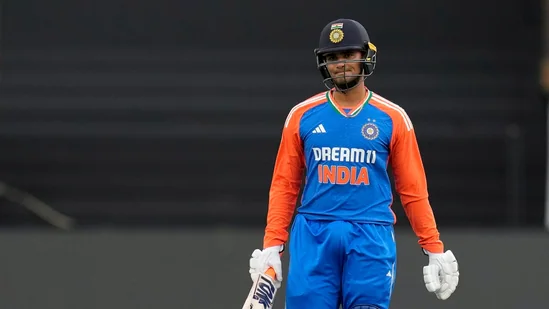
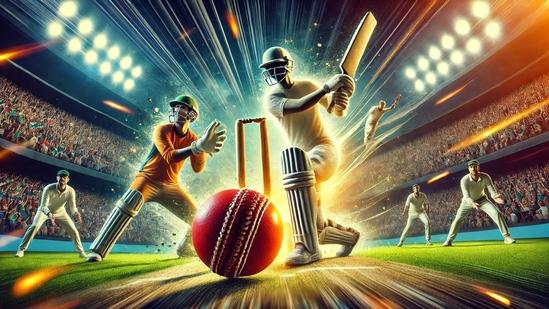
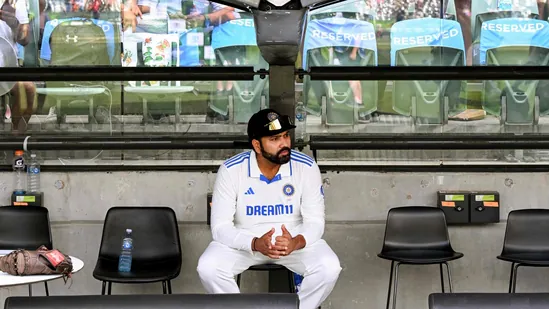
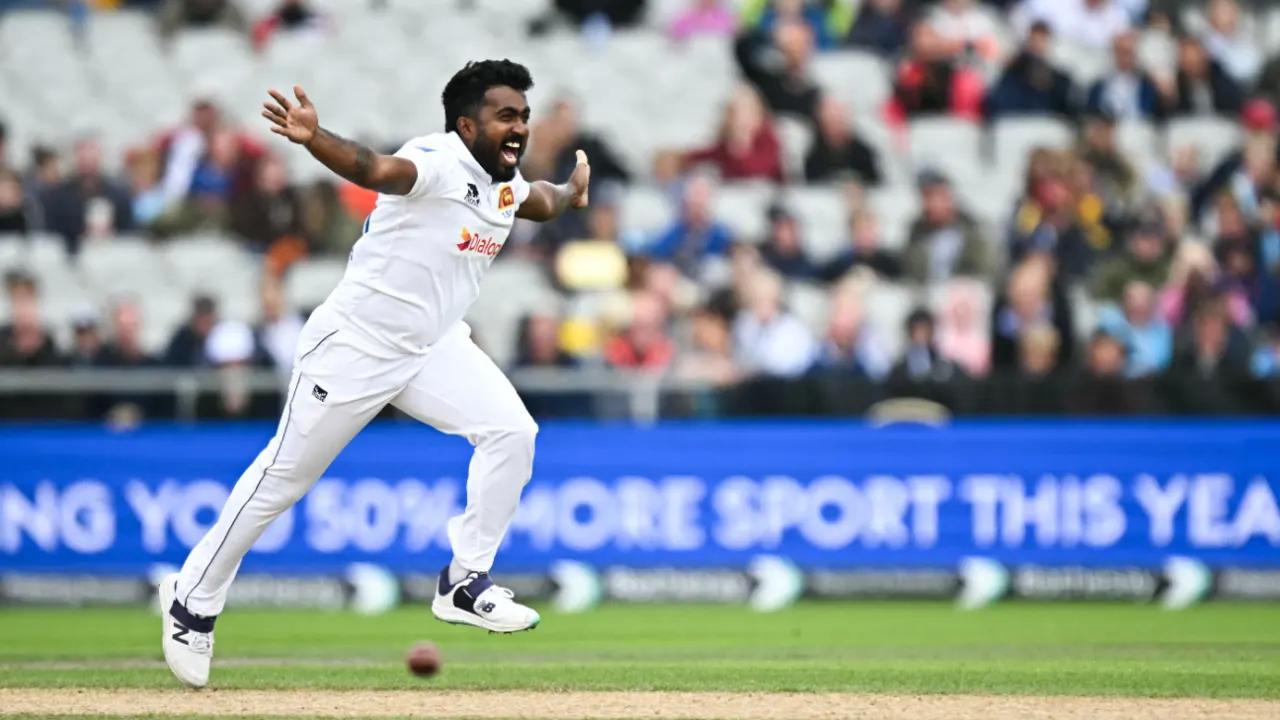
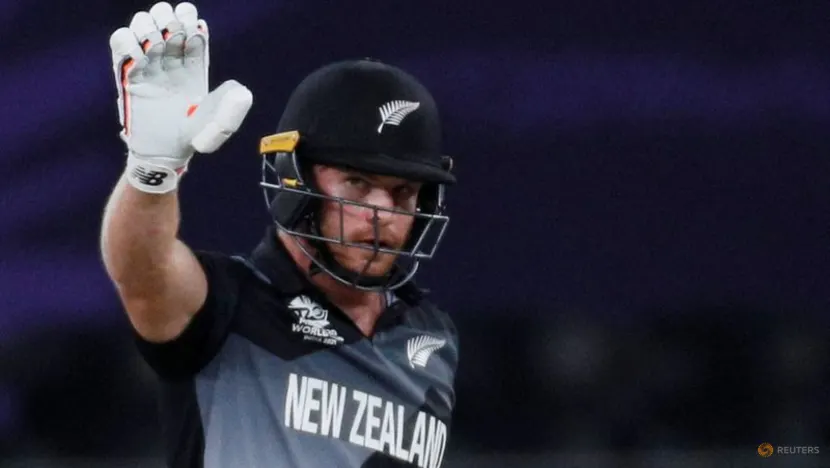
LATEST NEWS
